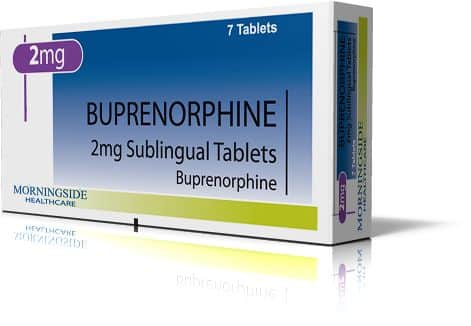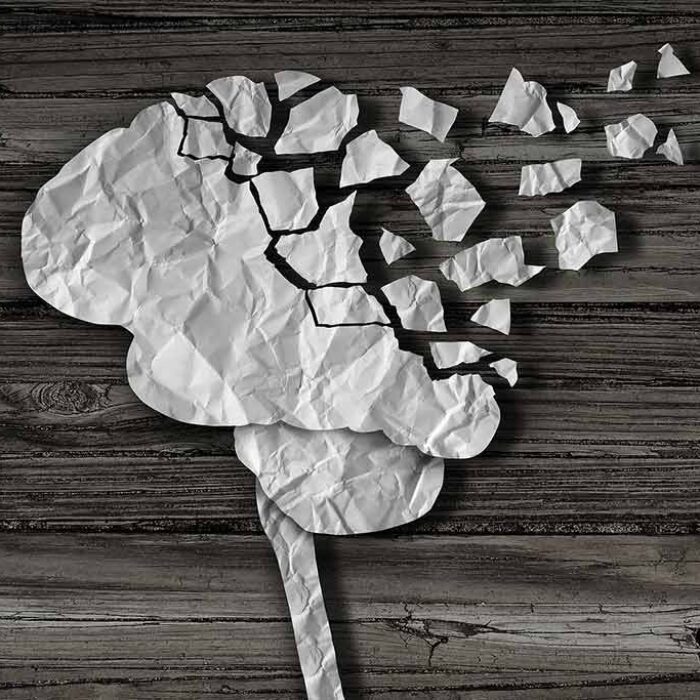During his last State of the Union address, President Obama mentioned the nation’s growing opiate addiction problem as an area of concern. According to the National Institute on Drug Abuse, an estimated 2.5 million Americans struggle with addiction to prescription opioids or heroin. One of the most prominent and strongly promoted treatments is the use of buprenorphine. Unfortunately, buprenorphine has limited success in helping patients achieve long-lasting recovery from opiate addiction. There is growing concern among addiction specialists and public health officials that buprenorphine may do more harm than good.
Buprenorphine Is a Partial Opiate Agonist
Buprenorphine is a medication physician prescribes to treat opioid addiction. The drug is derived from a chemical in poppies and is itself an opioid. At a chemical level, buprenorphine acts as a partial opioid agonist. This means that it activates the same receptors as heroin and prescription opiate painkillers. However, it does not activate the brain receptors as strongly as these other drugs of abuse.
The rationale behind using buprenorphine as a treatment for opiate addiction is that it has a lower potential for abuse. As an opioid, buprenorphine has some similar properties to heroin or prescription painkillers. It induces feelings of euphoria and lowers respiratory system activity while limiting cravings for other opioid drugs. As dosages increase, the effects of buprenorphine reach a plateau. In theory, this means that it is more difficult to overdose on the drug or misuse it.
One of the other arguments for buprenorphine in opiate addiction treatment is that it has a higher affinity for opiate receptors than heroin or prescription painkillers. This means that buprenorphine can knock the other opioid molecules off of their receptor sites if a person has an overdose. Buprenorphine then binds to the receptors and prevents additional opioid molecules from binding. Collectively, these molecule actions can reverse some of the symptoms of overdose.
Limitations of Buprenorphine Treatment for Opiate Addiction
Millions of dollars are allocated at the state and federal level for buprenorphine treatment programs. However, experts are unsure whether the drug represents the best form of opiate addiction treatment. Buprenorphine treatment centers have popped up across the country, luring patients with promises of an easy way to come off opiates without the feared withdrawal symptoms. Unfortunately, these treatment centers fuel the perception that recovery is just a step away without discussing the possible risks with this medication. This causes many patients to view buprenorphine as a magic pill that will provide an easy, medication-based way to get clean.
Unfortunately, there is a dark side to the use of buprenorphine. The drug can be addictive and even deadly. Approximately 420 deaths in the United States are related to buprenorphine. Even when the drug isn’t fatal, it can further fuel addiction. By activating the same receptors as heroin or prescription painkillers, buprenorphine leads to changes in the brain regions responsible for feelings of reward. This causes patients to crave the drug and makes their bodies depend on it for normal functioning. By selling drugs directly to patients, some doctors exacerbate the addiction they claim to treat. Patients soon become addicted to buprenorphine, increasing the frequency of their doses to get high. In fact, buprenorphine use is rampant in prisons, where it can be disguised in small pieces of paper placed into the mouth.
Perhaps most distressing is how buprenorphine can cause even bigger problems for some patients addicted to opioids. In particular, the drug is poorly suited for patients struggling with addiction to certain prescription painkillers. Buprenorphine has a longer half-life and greater potency than some of these prescription painkillers. Thus, giving individuals the drug can make them addicted to an even more dangerous substance without meaningful benefit.
A More Effective Approach to Opiate Dependence Treatment
It is important to recognize the limitations and benefits of using buprenorphine as a treatment for opiates. Buprenorphine can be an effective way to reduce risk while a patient prepares to undergo detoxification. However, buprenorphine cannot be the only form of treatment offered. After all, the drug is classified as a narcotic with an analgesic potency far stronger than morphine.
More successful treatment options aren’t widely available or, in most cases, not attainable for the majority of patients. A more effective approach is to provide medical detoxification to assist with withdrawal symptoms. Developing an individualized treatment program allows patients to receive the best care for their own physical, psychological, and emotional status. With physicians and mental health experts’ help, they can begin the detoxification process in an environment that provides significant medical and psychological support. After detox is complete, patients are in a physically and emotionally vulnerable state. Providing the appropriate supportive aftercare services while maintaining a productive life increases a patient’s ability to recover from opiate addiction and regain their quality of life.
To learn more about medically assisted detoxification and the role of a supportive environment in recovery, contact the Waismann Method Center today. We have almost two decades of experience helping opioid-dependent patients in achieving a healthy and happy life.
Source
http://www.drugabuse.gov/about-nida/legislative-activities/testimony-to-congress/2015/americas-addiction-to-opioids-heroin-prescription-drug-abuse














